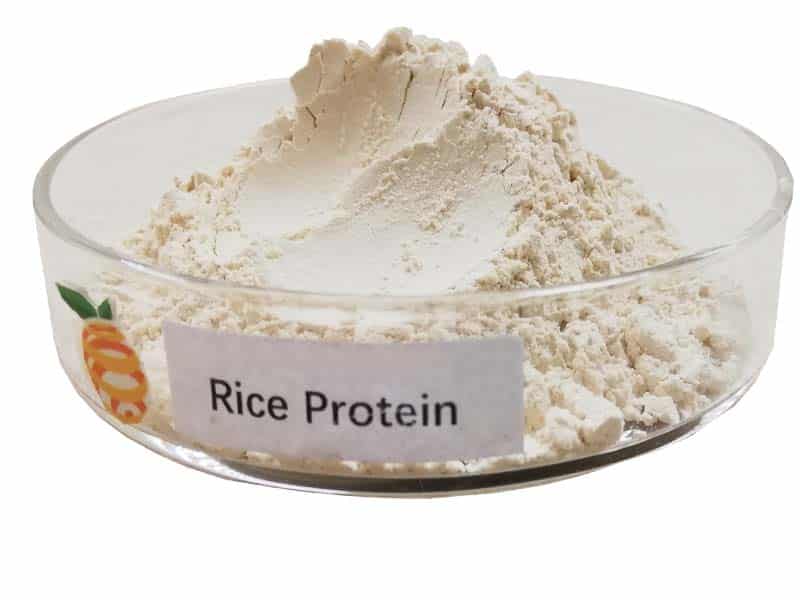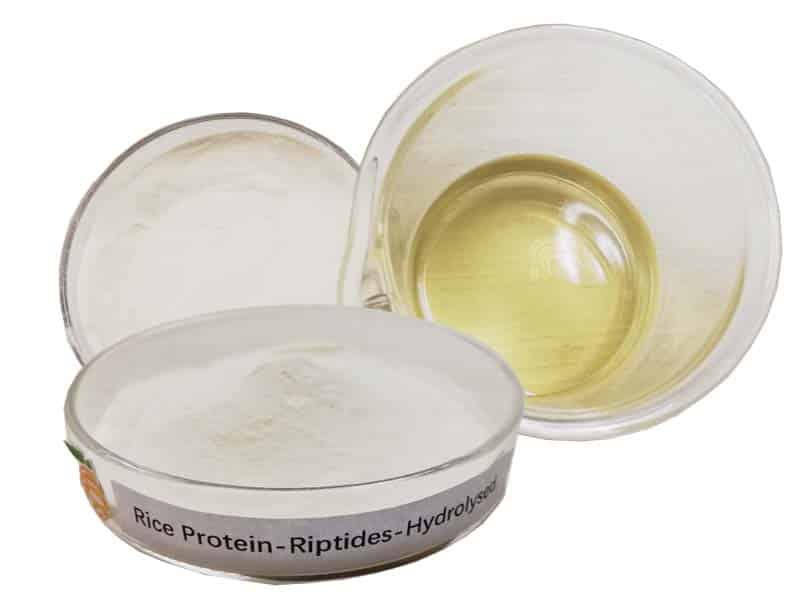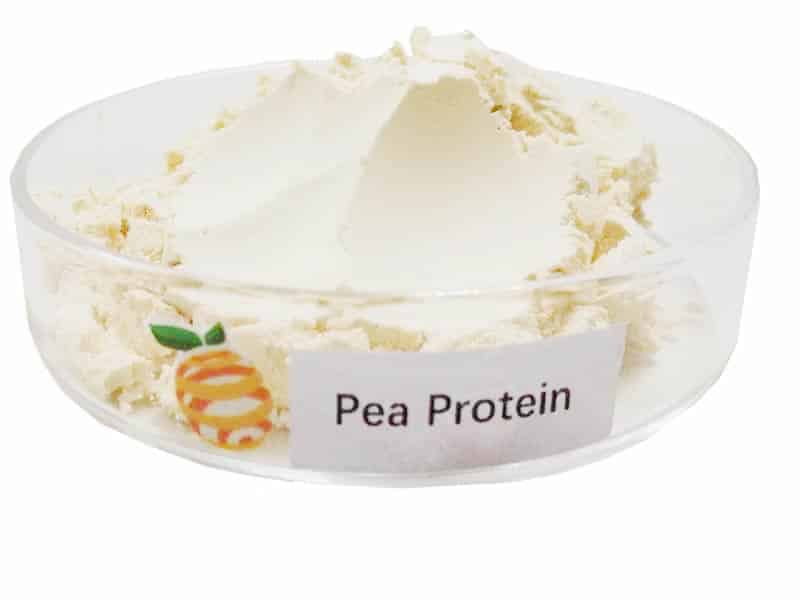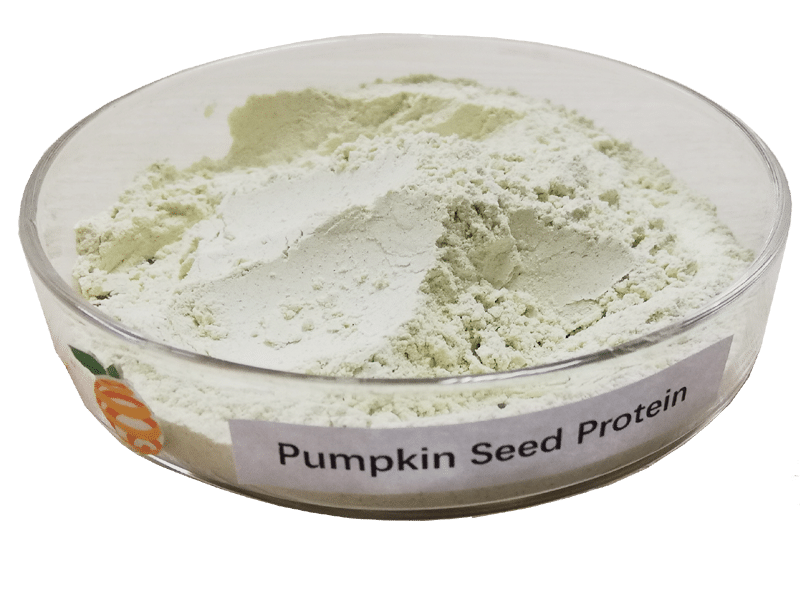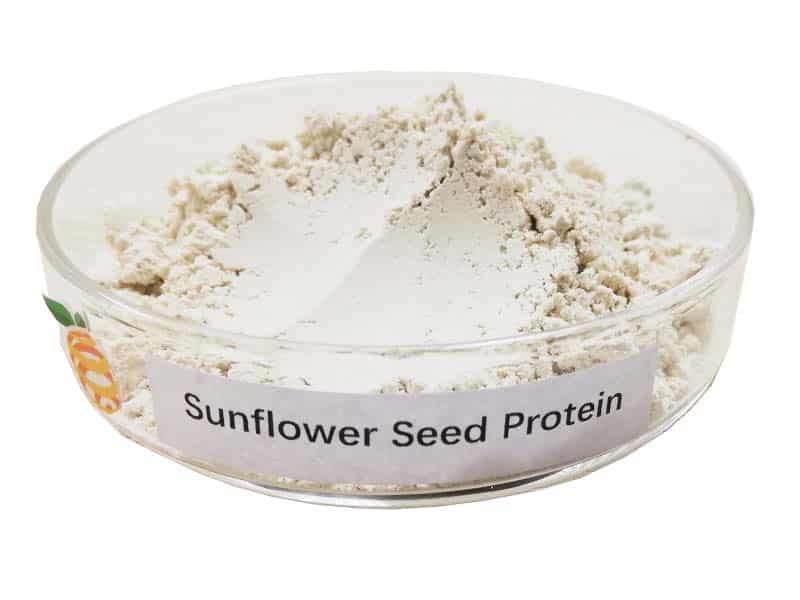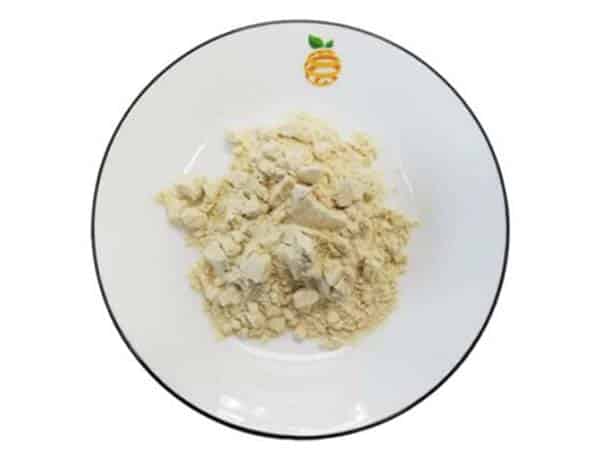Ergothioneine Structure: Scientific Insights
-
Table of Contents
- Ergothioneine Structure: Unlocking Scientific Insights
- Understanding Ergothioneine: A Molecular Perspective
- The Unique Chemical Structure of Ergothioneine
- Biological Synthesis and Dietary Sources
- The Role of Ergothioneine in Human Health
- Antioxidant Properties and Disease Prevention
- Scientific Studies and Clinical Trials
- Ergothioneine’s Mechanism of Action
- Transport and Cellular Uptake
- Future Research Directions
- Conclusion: The Significance of Ergothioneine Structure
- Discover ETprotein’s High-Quality Protein Products
Ergothioneine Structure: Unlocking Scientific Insights
< 05/f56e8a7852991fc74ff189283ac40564 Ergothioneine Structure: Scientific Insights" />
Ergothioneine, a naturally occurring amino acid derivative, has garnered significant attention in the scientific community due to its unique structure and potential health benefits. This article delves into the molecular intricacies of ergothioneine, exploring its structure, biological significance, and the implications for human health and disease prevention.
Understanding Ergothioneine: A Molecular Perspective
Ergothioneine (ET) is a sulfur-containing derivative of the amino acid histidine, distinguished by a unique thioneine moiety. Its molecular structure is characterized by the presence of a betaine group on the imidazole ring of histidine, which is responsible for its antioxidant properties. The chemical formula of ergothioneine is C9H15N3O2S, and it has a molecular weight of 229.30 g/mol.
The Unique Chemical Structure of Ergothioneine
The structure of ergothioneine is remarkable for several reasons:
- Thiol Group: The presence of a sulfur atom in the thiol group (–SH) imparts a high nucleophilicity, making ergothioneine an efficient scavenger of reactive oxygen species (ROS) and reactive nitrogen species (RNS).
- Betaine Group: The betaine group contributes to the molecule’s zwitterionic nature at physiological pH, enhancing its solubility and stability in biological fluids.
- Imidazole Ring: The imidazole ring in ergothioneine is a critical component that allows it to chelate metal ions, further contributing to its antioxidant capacity.
Biological Synthesis and Dietary Sources
Ergothioneine is synthesized by various fungi and bacteria but not by humans, making dietary intake essential for its presence in the human body. Rich dietary sources of ergothioneine include:
- Mushrooms (especially porcini)
- Black and red beans
- Oats and barley
- Meat (particularly from animals that have consumed ET-rich plants)
The Role of Ergothioneine in Human Health
Ergothioneine’s unique structure underpins its role as a potent antioxidant and cytoprotective agent. It has been implicated in various physiological processes and may contribute to the prevention and management of several diseases.
Antioxidant Properties and Disease Prevention
As an antioxidant, ergothioneine is known to protect cells from oxidative damage, which is a contributing factor in many chronic diseases, including:
- Neurodegenerative diseases (e.g., Alzheimer’s and Parkinson’s disease)
- Cardiovascular diseases
- Cancer
- Chronic inflammation
- Age-related macular degeneration
Scientific Studies and Clinical Trials
Several studies have investigated the effects of ergothioneine on human health. For instance, research has shown that higher levels of ergothioneine in the diet are associated with reduced markers of oxidative stress and inflammation. Clinical trials are ongoing to further elucidate the therapeutic potential of ergothioneine in various health conditions.
Ergothioneine’s Mechanism of Action
The biological activity of ergothioneine is closely linked to its molecular structure. Its mechanism of action includes:
- Direct scavenging of ROS and RNS
- Chelation of metal ions, preventing the formation of free radicals
- Regulation of gene expression related to oxidative stress response
- Protection of mitochondrial function
Transport and Cellular Uptake
Unique among antioxidants, ergothioneine has its own specific transporter, known as the ergothioneine transporter (ETT). This protein facilitates the uptake of ergothioneine into cells, particularly in tissues that are highly susceptible to oxidative damage, such as the liver, kidney, and brain.
Future Research Directions
While the current understanding of ergothioneine’s structure and function is substantial, there is still much to learn. Future research directions include:
- Elucidating the full range of ergothioneine’s biological activities
- Understanding the interplay between ergothioneine and other antioxidants
- Exploring the therapeutic potential of ergothioneine in clinical settings
- Investigating the effects of ergothioneine on aging and longevity
Conclusion: The Significance of Ergothioneine Structure
The structure of ergothioneine is a key to its powerful antioxidant properties and its role in promoting human health. As research continues to uncover the full spectrum of benefits associated with this unique molecule, the potential for ergothioneine to contribute to disease prevention and therapy becomes increasingly evident. Understanding the scientific insights into ergothioneine’s structure will undoubtedly lead to novel applications and improved health outcomes.
Discover ETprotein’s High-Quality Protein Products
In light of the growing interest in ergothioneine and its health benefits, ETprotein offers a range of protein products that cater to various industries. Their offerings include high-purity L-(+)-Ergothioneine in different grades suitable for pharmaceutical, food, cosmetic, and research applications. With a commitment to quality and customer satisfaction, ETprotein is an ideal partner for sourcing ergothioneine and other protein products.
About ETprotein:
ETprotein, a reputable protein and L-(+)-Ergothioneine (EGT) Chinese factory manufacturer and supplier, is renowned for producing, stocking, exporting, and delivering the highest quality organic bulk vegan proteins and L-(+)-Ergothioneine. They include Organic rice protein, clear rice protein, pea protein, clear pea protein, watermelon seed protein, pumpkin seed protein, sunflower seed protein, mung bean protein, peanut protein, and L-(+)-Ergothioneine EGT Pharmaceutical grade, L-(+)-Ergothioneine EGT food grade, L-(+)-Ergothioneine EGT cosmetic grade, L-(+)-Ergothioneine EGT reference grade and L-(+)-Ergothioneine EGT standard. Their offerings, characterized by a neutral taste, non-GMO, allergen-free attributes, with L-(+)-Ergothioneine purity over 98%, 99%, cater to a diverse range of industries. They serve nutraceutical, pharmaceutical, cosmeceutical, veterinary, as well as food and beverage finished product distributors, traders, and manufacturers across Europe, USA, Canada, Australia, Thailand, Japan, Korea, Brazil, and Chile, among others.
ETprotein specialization includes exporting and delivering tailor-made protein powder and finished nutritional supplements. Their extensive product range covers sectors like Food and Beverage, Sports Nutrition, Weight Management, Dietary Supplements, Health and Wellness Products, and Infant Formula, ensuring comprehensive solutions to meet all your protein needs.
As a trusted company by leading global food and beverage brands and Fortune 500 companies, ETprotein reinforces China’s reputation in the global arena. For more information or to sample their products, please contact them and email sales(at)ETprotein.com today.

